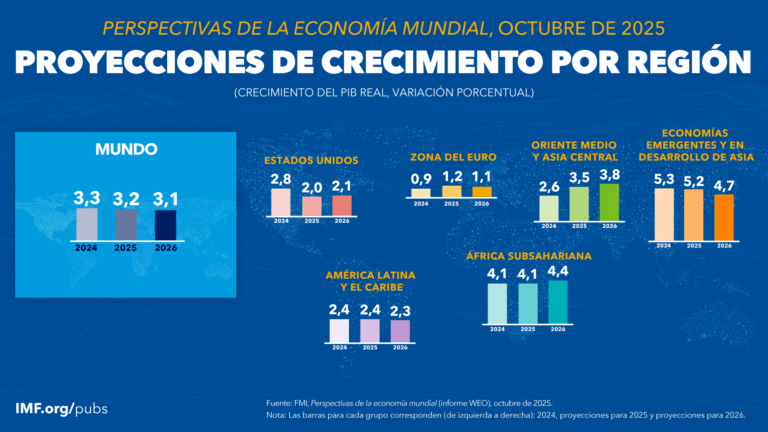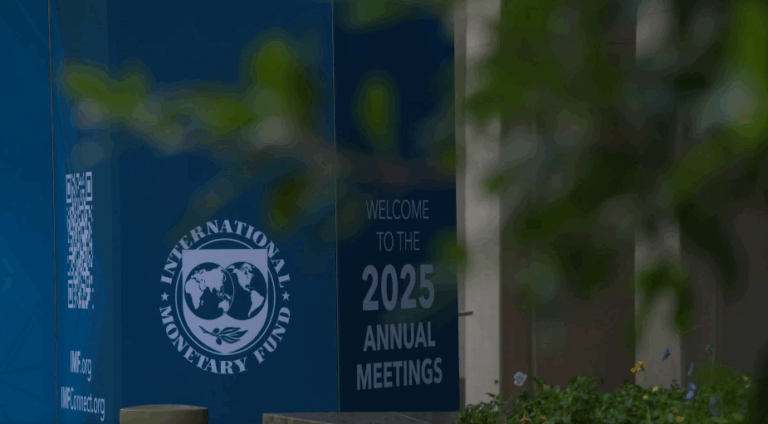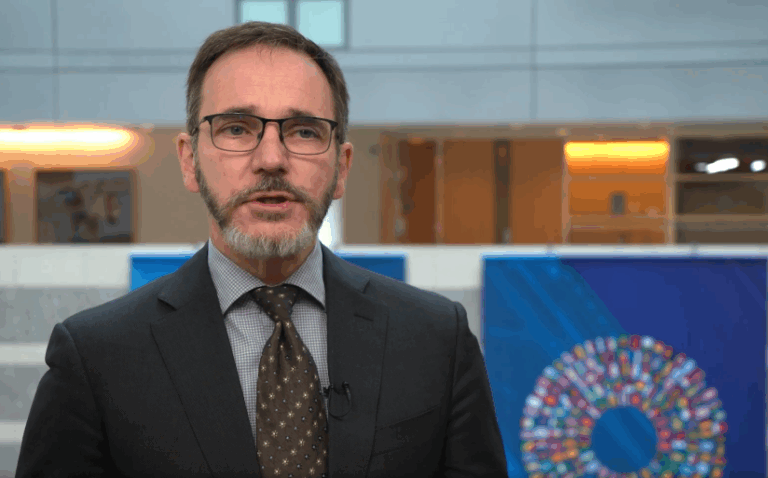
The report presented this Tuesday by the International Monetary Fund (IMF) estimates that Latin America and the Caribbean will grow 2.4% in 2025, a figure that remains “stable” compared to the previous year and reflects the region’s resilience in the face of a complex international environment. For 2026, the projection drops slightly to 2.3%.

The IMF highlights that this upward revision (+0.4 percentage points compared to the april report) is due to lower tariffs than expected for most countries and more robust economic data, especially in Brazil and Mexico. Brazil, the region’s largest economy, will grow 2.4% in 2025 (although less than the 3.4% in 2024), and Mexico will grow to 1% thanks to strong domestic consumption and industrial nearshoring.
Despite these advances, the IMF warns that Latin America has yet to recover its pre-pandemic dynamism and faces significant challenges: low investment, fiscal fragility, and still-high inflation in several countries.

Global Outlook: Slight improvement, but risks remain
At the global level, the IMF raised its growth projection to 3.2% for 2025, compared to the 3.0% estimated in July and 2.8% in april. The adjustment reflects the less negative impact of US tariffs and greater resilience in private demand. For 2026, the global outlook stands at 3.1%.
Although the threat of a new trade war and tightening financial conditions continue to generate uncertainty, the IMF emphasizes that the global economy has adapted better than expected. To consolidate this scenario, the organization recommends that countries strengthen their fiscal stability and advance structural reforms, especially in emerging economies.
In summary, the IMF recognizes stable growth in Latin America and an improvement for the global economy, although both scenarios remain surrounded by external risks—which requires maintaining responsible policies and ongoing reforms to address future challenges.
You may also be interested in:







